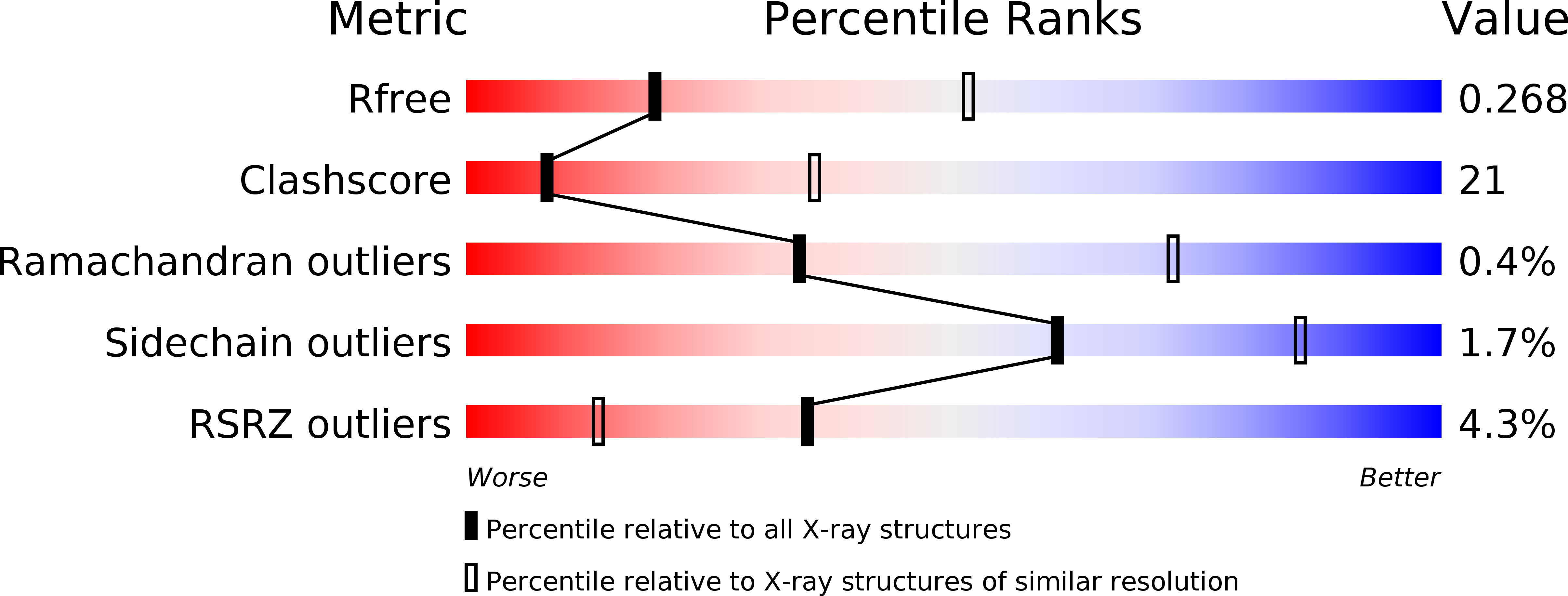
Deposition Date
2016-03-09
Release Date
2016-05-25
Last Version Date
2025-12-17
Entry Detail
PDB ID:
5FYQ
Keywords:
Title:
Sirt2 in complex with a 13-mer trifluoroacetylated Ran peptide
Biological Source:
Source Organism:
HOMO SAPIENS (Taxon ID: 9606)
Host Organism:
Method Details:
Experimental Method:
Resolution:
3.00 Å
R-Value Free:
0.27
R-Value Work:
0.23
R-Value Observed:
0.23
Space Group:
P 61 2 2


